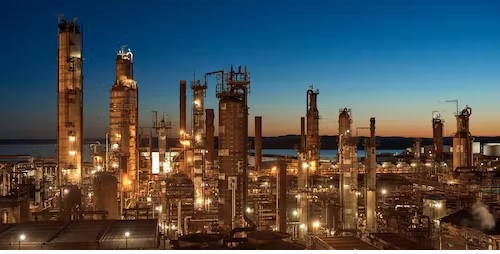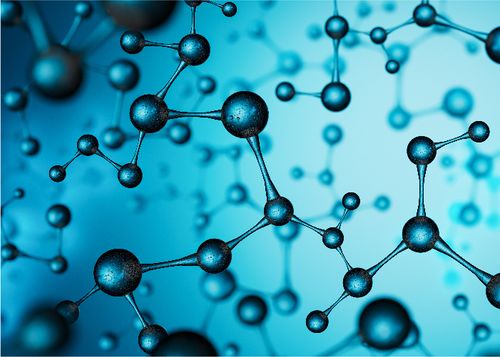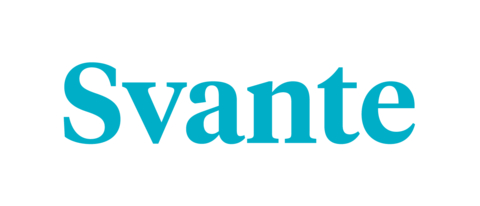Svante, a carbon capture original equipment manufacturer based in Vancouver, is eyeing the US as it seeks to expand its market presence across North America.
The company has raised sufficient capital to construct its first plant in Vancouver, where it will make specialized filters and contactor machines used in the carbon capture and removal processes, Svante CEO Claude Letourneau said in an interview.
Within several years, Svante is planning to build a second manufacturing facility in the United States, closer to where its customers are located and where CO2 can be monetized, Letourneau said.
Svante raised $318m last year in a series E fundraising round led by Chevron New Energies. It will spend approximately $100m to build the Vancouver facility.
Letourneau says the company’s principal target market in North America is existing gray hydrogen facilities that use steam methane reforming, of which there are around 1,000. The cost of adding carbon capture to existing SMR plants brings the cost of blue hydrogen from $1.50 per kilogram to around $2 per kilogram, according to Letourneau, compared to green hydrogen that will cost between $3 – $6 per kilogram with a similar carbon footprint.
“It’s a good solution,” he said.
Optimizing costs
As an original equipment manufacturer, Svante has partnerships with some of the largest EPC companies in the world for carbon capture projects: Kiewit in North America, Technip in Europe, and Samsung in Asia.
“When you have a technology that you want to take to market, you need to get the benefit of a close relationship with these EPC contractors if you want to deploy quickly and reduce costs,” he said.
He noted that the filters and contactors typically make up between 10% – 15% of the cost of a carbon capture plant, while the rest is in the balance of plant. Filters typically have a lifespan of three to five years, he said, allowing for additional recurring revenues for Svante after the initial installation.
Svante is working on five to six projects with Kiewit in North America that are in the pre-FEED and FEED stages, with FIDs expected by the end of next year. It is also working with Linde on a Department of Energy-sponsored pre-FEED carbon capture project for Linde’s Port Arthur gray hydrogen facility.
Additionally, Svante has a partnership with Swiss-based Climeworks for direct air carbon capture technologies.
“We want to be for carbon capture what GE Aerospace is for the jet engine industry,” he said, using an analogy to a market in which there are only several OEMs in a large, consolidated industry.
Target market
There are around 10,000 emitting plants globally that need carbon capture in order to decarbonize; meanwhile there are only 40 carbon capture facilities in operation, according to Letourneau. Svante’s Vancouver plant will be able to make equipment for around 10 plants per year, but eventually the company would like to scale up to between 50 – 100 plants per year with additional manufacturing capacity.
“This is a big problem we’re trying to solve here,” he said.
To build the second plant in the US, the company will explore using project finance debt and seek to take advantage of US government incentives for clean energy manufacturing. The recently enhanced carbon capture tax incentives – of $85 per ton of CO2 captured versus $50 previously – will also benefit Svante’s carbon-emitting customers.
In addition to gray hydrogen, the company is targeting carbon emissions from oil and gas refining as well as pulp and paper mills.
Use cases
Svante’s modular solid sorbent technology can be inserted to capture flue gas at the end of the refining process instead of inside the plant, offering fewer disruptions to existing systems. Svante then concentrates the CO2 into a pipeline grade for storage or industrial use.
“Nobody makes these filters in the world,” Letourneau continued, “so if I want to convince somebody to give Kiewit and ourselves a purchase order for $300m to build a 1 million-ton-per-year plant, they need to see that we have a manufacturing plant to make the filters, they need to see that we have the size of the contactor done at commercial size, and they need to see that we’ve done all the engineering studies to justify that this project can be monetized, economical, and the like.”
The company is sufficiently capitalized to advance the projects in its pipeline, and is focused on completing the Vancouver plant and garnering purchase orders in order to become profitable. A potential future exit could come in the form of an IPO or sale to a larger player, Letourneau said.
“We understand the market is quite buoyant and probably a few large companies are going to try to dominate, and they may decide they want to acquire a company like us, so an M&A is a possible exit in the next five years, depending on the conditions,” he said.







